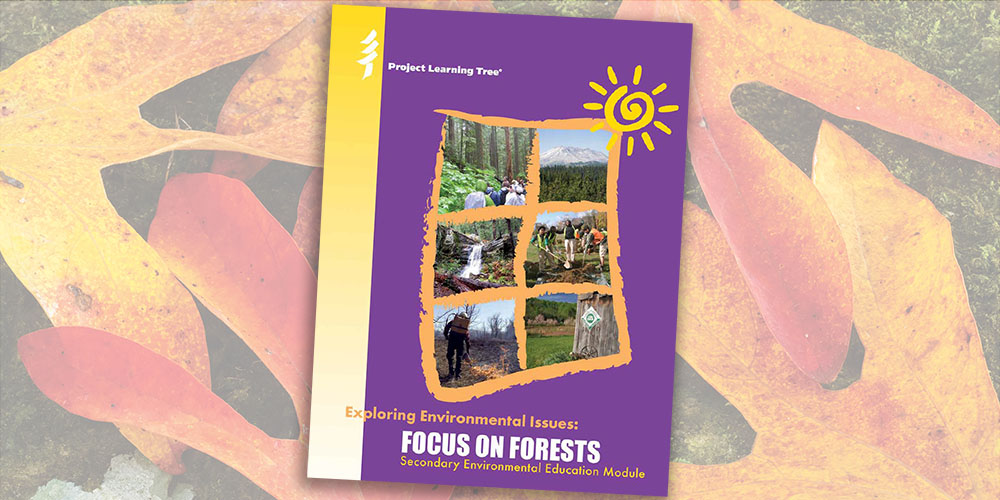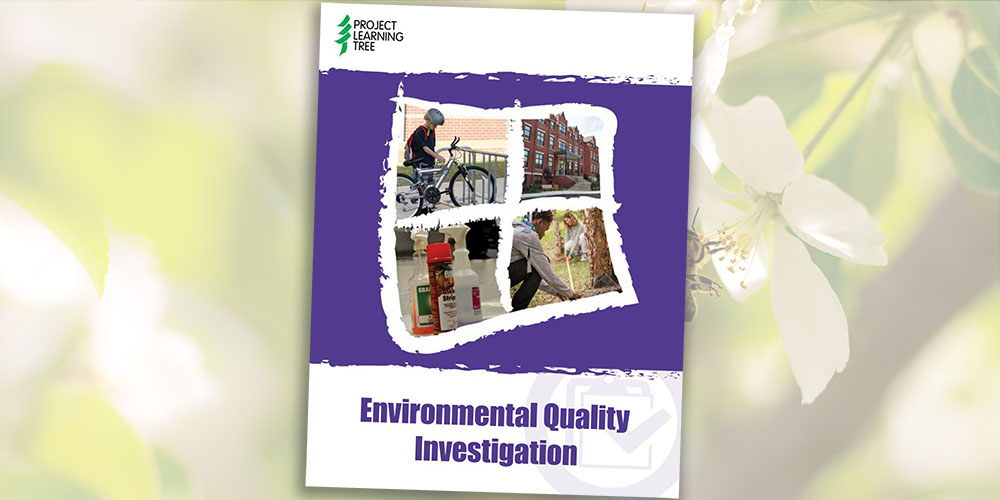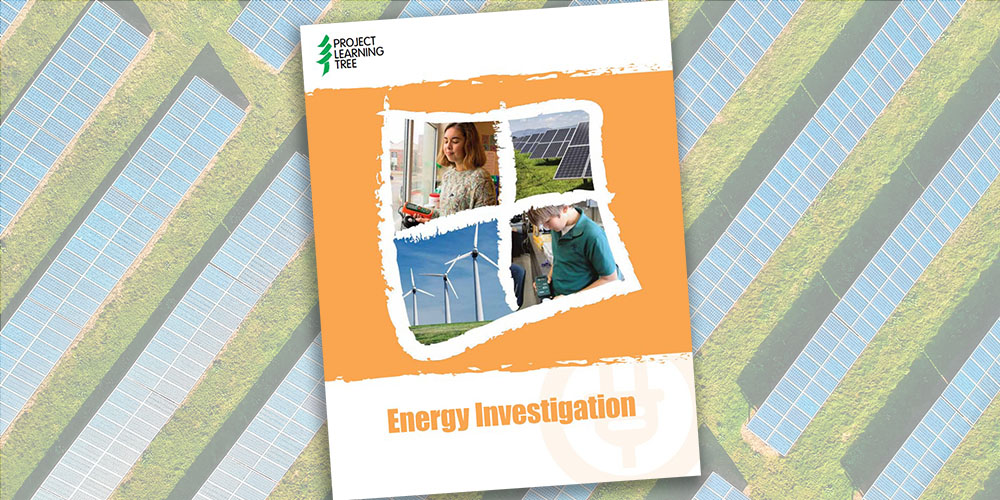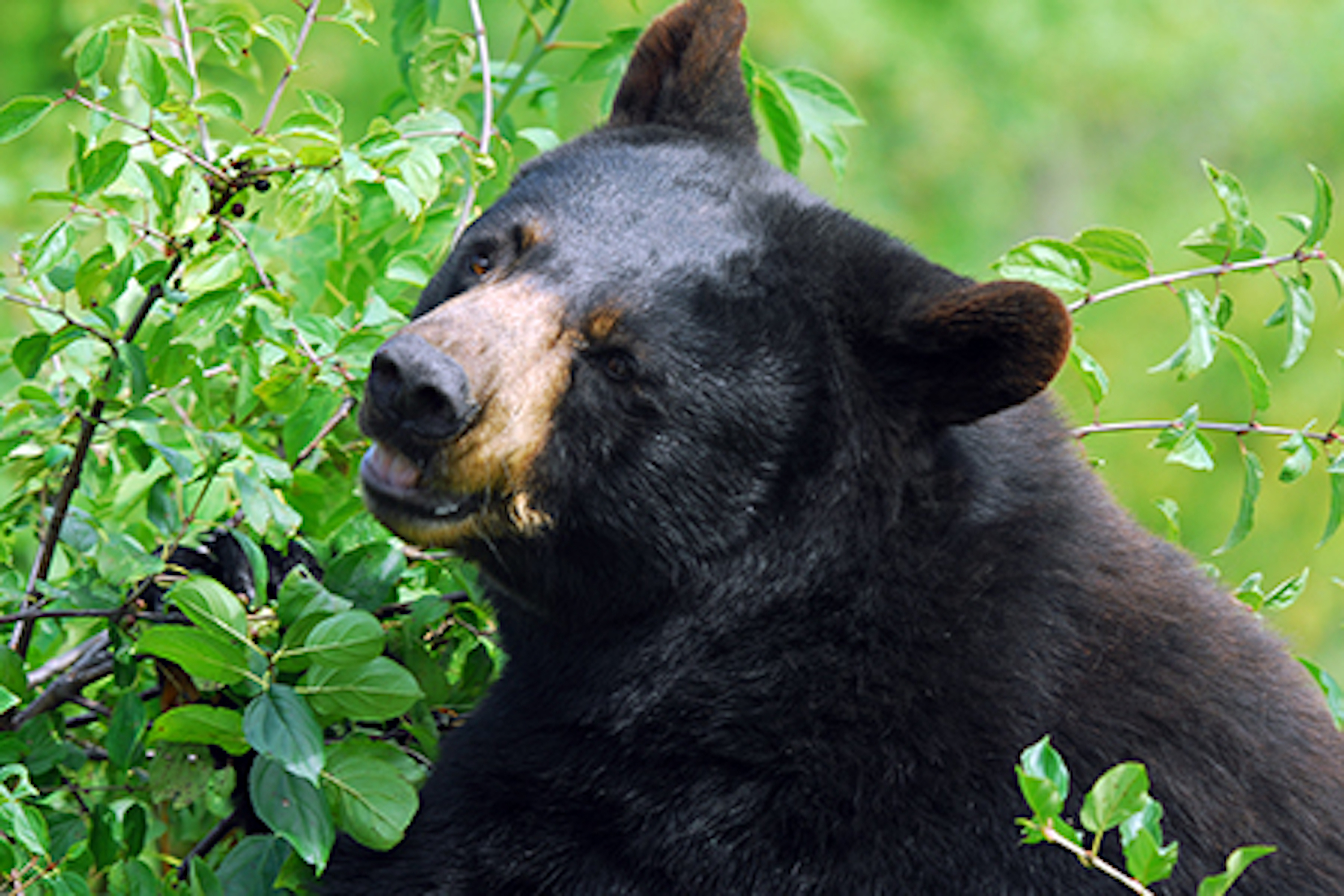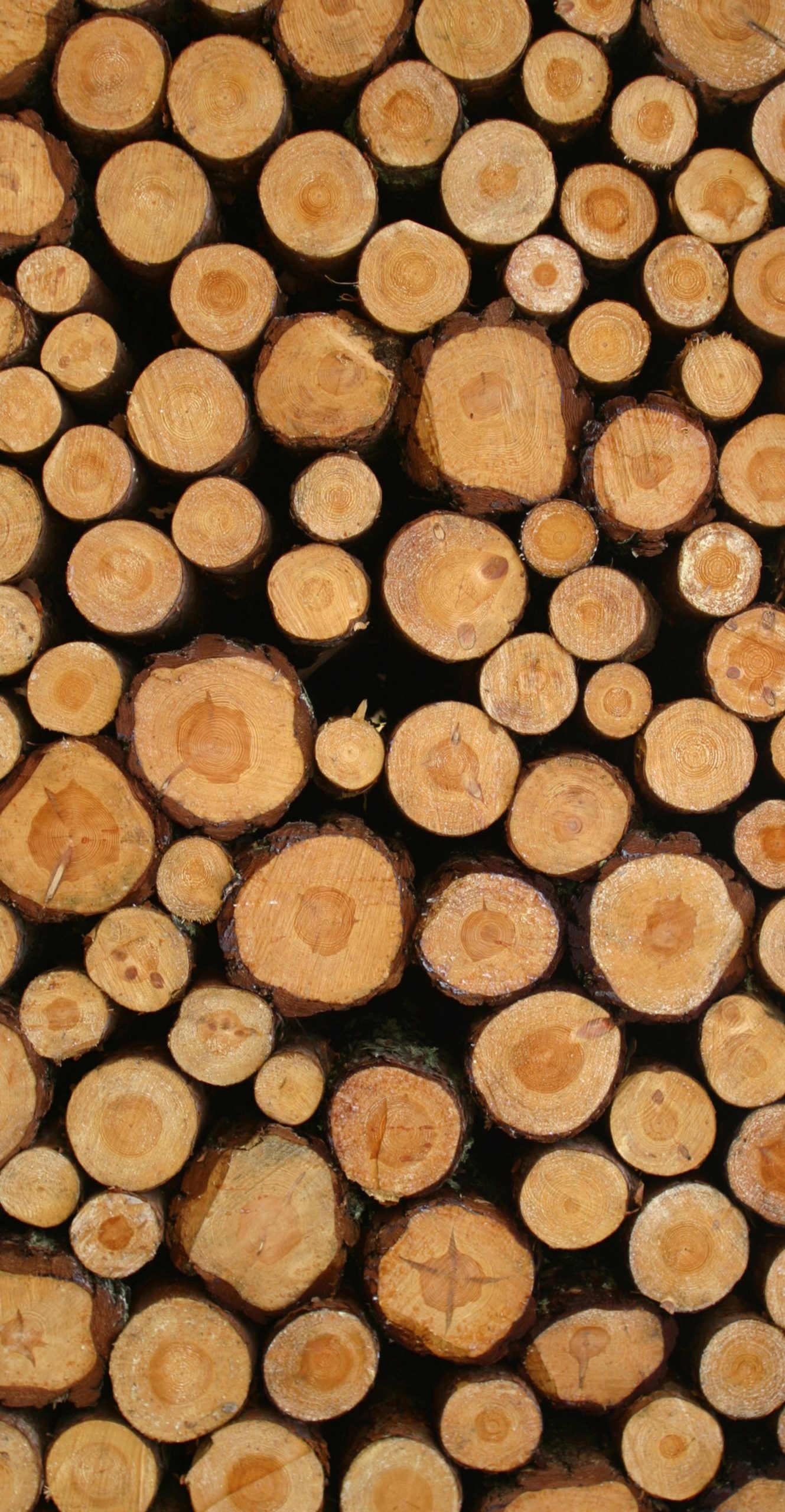Focus on Forests
This high school curriculum is designed to foster student understanding of — and appreciation for — the forested lands of North America. The lessons provide students with opportunities for hands-on forest study and address concepts in biology, civics, ecology, economics, forest management, and other content areas.
Students examine ecological systems of a forest; analyze interdependencies within a forest ecosystem; and explore factors, like fire, that shape the development of forests. As students explore forest issues and develop science content knowledge, they develop critical thinking skills and discover the importance of scientific analysis.
Educators can access this 176-page module by purchasing a print copy.
Testimonials
Here is what some teachers had to say about PLT’s Focus on Forests module:
“I was thoroughly impressed with the questions provided within these activities, which in turn guided some amazing debates. The discussions and discourse among my juniors and seniors was wonderful! The students and I really learned a lot.” – Susan Duffy, 11-12th Grade Biology Teacher, Hillsboro High School, Hillsboro, North Dakota
“This curriculum allows students to participate in activities that teach them the job skills of foresters and other natural resources professionals. I like to provide my students with career information that covers the entire spectrum, and they loved the hands-on learning outdoors!” – Kathey Roberts, 10-12th Grade Environmental Science Teacher, Lakeside High School, Hot Springs, Arkansas
Climate Change and Forests
Students use a carbon footprint calculator to analyze their personal effect on carbon dioxide (CO2) levels in the atmosphere, calculate the amount of carbon stored in a single tree, and explore how carbon sequestration can affect CO2 levels.
Forest Invaders
Students consider what makes invasive species a problem for forest ecosystems, work in teams to present different methods of controlling an invasive species, and conduct research to find out how invasive species may affect their local forest.
Forest to Faucet
Students identify local watersheds and their forest cover, analyze a specific watershed in Maine, and evaluate the extent to which their own community’s water supply is affected by forests and forest management.
Monitoring Forest Health
Students conduct a forest health checkup of a local forest area, will take forestry measurements, and will evaluate the ecological services provided by trees and forests.
Story of Succession
Students learn about succession by studying the reestablishment of ecological communities following the 1980 volcanic eruption of Mount St. Helens and by setting up experimental plots to observe successional changes over time.
The Nature of Fire
Students learn about the role of fire in forest ecosystems, examine issues of fire in the wildland-urban interface, and conduct a wildfire safety assessment in their community.
Tough Choices
Students read and discuss several short articles and will propose solutions to real-life forest dilemmas.
Who Owns America’s Forests?
Students research forest ownership in the United States, interview forest landowners about changes they have experienced, and analyze scenarios to learn about the complexities of intergenerational forestland transfer.
Words to Live By
Students express their own views about forests and explore different perspectives by reading excerpts from the writings of different authors.
Login to download supporting materials such as appendices and teaching tips.
Login
 Get this Guide
Get this Guide
 Find Training
Find Training
